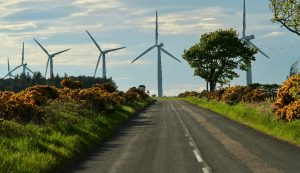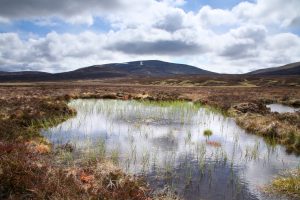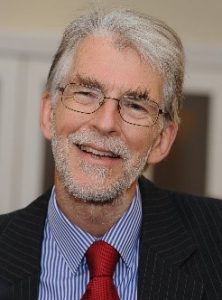We Are At The Crossroads of the Climate Emergency; It Is Now or Never to Keep 1.5°C Alive – Blog
The Intergovernmental Panel on Climate Change (IPCC) has issued its strongest call to arms. The latest part of the Sixth Assessment Report, Climate Change 2022: Mitigation of Climate Change, states unequivocally that without immediate and deep emissions reductions across all sectors, limiting global warming to 1.5°C above pre-industrial times is beyond reach.
We know from the IPCC 2018 Special Report: Global Warming of 1.5 °C that the difference between 1.5 and 2 degrees Celsius is significant. Extreme cold nights at high latitudes are projected to warm by 4.5°C at 1.5°C of global warming and about 6°C at 2°C of global warming. Risks of drought, heavy rains and flooding in both higher latitude and in tropical cyclones, sea level rise, ocean acidification and wider impacts on biodiversity increase significantly with the additional 0.5 degrees of global warming.
The difference in the impacts on biodiversity is stark: “6% of insects, 8% of plants and 4% of vertebrates are projected to lose over half of their climatically determined geographic range for global warming of 1.5°C, compared with 18% of insects, 16% of plants and 8% of vertebrates for global warming of 2°C.”

Wind farm in Scotland, Shutterstock. All sectors must shift to low or no carbon sources such as renewable energies.
The IPCC report shows that projected greenhouse gas (GHG) emissions from existing and planned fossil fuel infrastructure will lead to global warming of up to 2°C. There can be no new fossil fuel exploration and extraction, and immediate reductions in the use of fossil fuels are needed to get back on track for 1.5 degrees of warming.
We know what needs to be done. All sectors must change from fossil fuels to very low or zero-carbon energy sources such as renewables, must improve energy efficiency, reduce non-carbon emissions, and deploy CO2 removal methods to offset unavoidable residual GHG emissions, including ecosystem restoration, reforestation and soil carbon sequestration.
The models used in the IPCC report show that at the point we reach global net-zero emissions, around 74% of global emissions reductions are achieved by CO2 reductions in energy supply and demand, 13% by CO2 mitigation options in the Agriculture, Forestry and Other Land Use (AFOLU) sector, and 13% through the reduction of non-CO2 emissions from land-use, energy and industry.

Peat bog in the Scottish Highlands, Shutterstock. Peatlands provide a significant carbon sink when in good ecological condition and their restoration will be a critical Nature-based Solution.
The report advocates the potential benefits and risks of Nature-based Solutions. These can offer multiple benefits for biodiversity, food and water security, landowners and wider communities. But these benefits rely on taking a whole-system approach and working with key stakeholders to achieve outcomes that maximize benefits while limiting trade-offs.
The IPCC report focuses on actions taken at national and international levels. But we can all play a part in reducing CO2 emissions.
CIEEM has launched a pledge for climate and nature to encourage action and leadership from ecologists and environmental managers. Pledge to reach net zero by 2030 and create a plan to achieve it. Your pledges all add up to showcase CIEEM members as leaders in addressing the climate emergency and biodiversity crisis. Join those taking the lead and make your pledge here.
 Amber is CIEEM’s Policy Officer. She leads CIEEM’s Action 2030 project alongside policy activities such as providing the Secretariat for the All-Party Parliamentary Group for Nature.
Amber is CIEEM’s Policy Officer. She leads CIEEM’s Action 2030 project alongside policy activities such as providing the Secretariat for the All-Party Parliamentary Group for Nature.

John is a CIEEM Fellow and was President from 2012-2015. John chairs the Action 2030 group which provides challenge and advice to CIEEM on the climate emergency and biodiversity crisis.
Blog posts on the CIEEM website are the views and opinions of the author(s) credited. They do not necessarily represent the views or position of CIEEM. The CIEEM blog is intended to be a space in which we publish thought-provoking and discussion-stimulating articles. If you’d like to write a blog sharing your own experiences or views, we’d love to hear from you at SophieLowe@cieem.net.